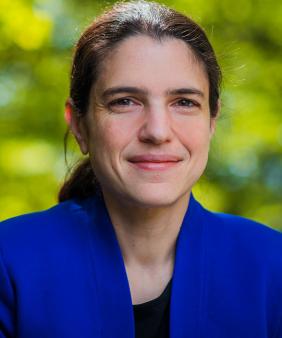
Prof. Heather J. Kulik
The trial and error discovery of materials via traditional experiment or computation is far too slow to address society’s outstanding challenges. In the Prof. Heather Kulik's research group, machine learning and high-throughput screening strategies are developed for the discovery of novel catalysts, polymers, and other materials. To impart realism to computational workflows, natural language processing is leveraged to enable the training of machine learning models with large experimental datasets on challenging to predict properties, such as the stability of materials. The group is particularly interested in the multi-objective optimization of materials where a number of trade-offs, such as activity and stability or cost and robustness, must simultaneously be addressed. These tools are used to advance understanding of designing novel single-site catalysts, such as homogeneous catalysts and metal-organic frameworks.
The group is also interested in closing the gap between AI-proposed design leads and experimentally realized materials by devising novel strategies to repurpose previously synthesized building blocks for new materials applications. This approach has been demonstrated in the discovery of novel polymers with increased toughness and in the discovery of metal-organic frameworks for selective C-H functionalization.
Another area of interest to the group is in the predictive modeling of supramolecular systems, including metal-organic cages and proteins that act as nature’s catalysts, enzymes. The group investigates how to predict the mechanism of newly discovered enzymes as well as how to engineer enzyme active sites for desired selective transformations. A combination of multi-scale modeling is used, and machine learned potentials are actively developed for accelerated study of dynamics.

